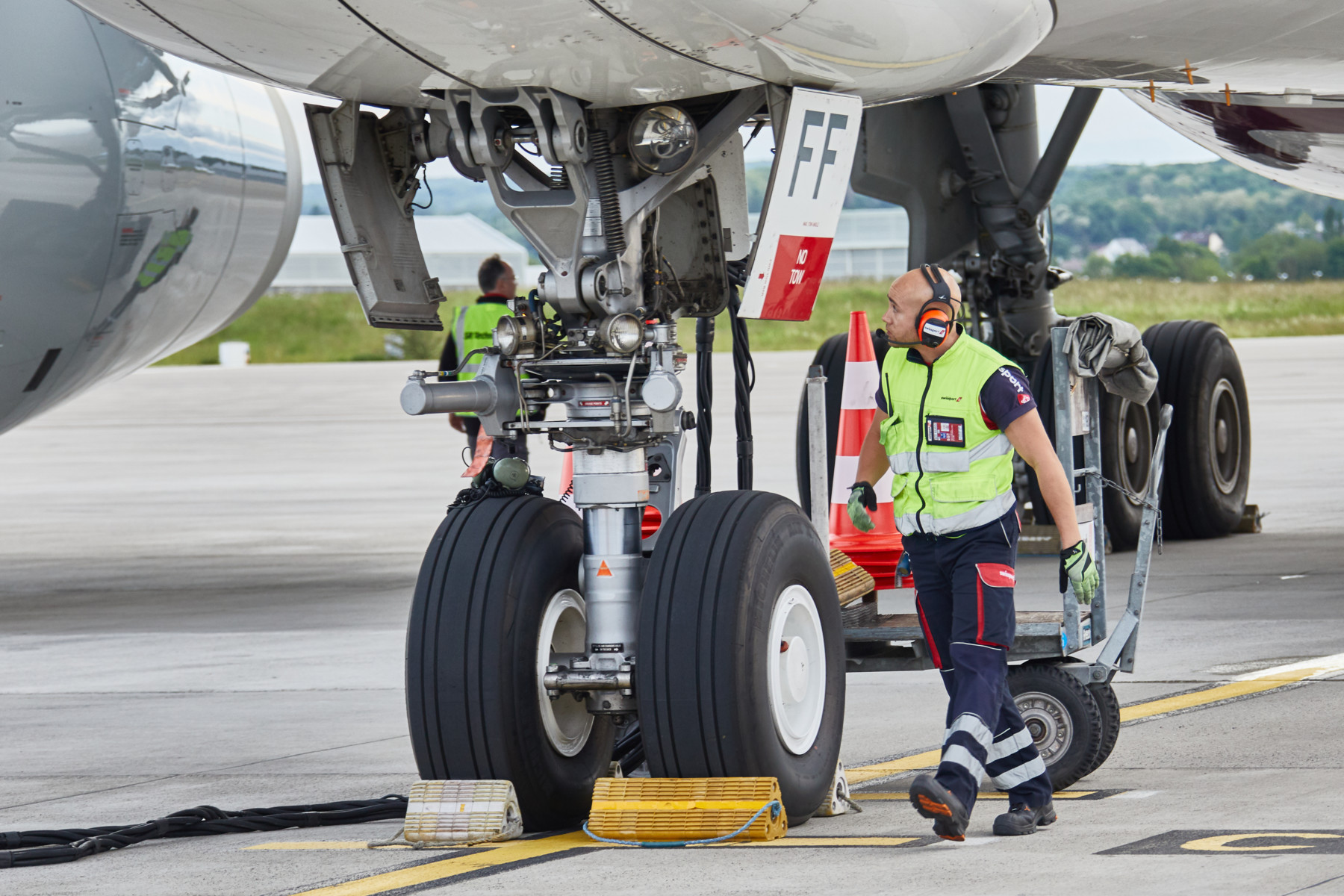Training for Aviation Ground Handling Staff
Introduction
Aviation ground handling staff play a crucial role in ensuring the safety, efficiency, and smooth operation of airport services. Their responsibilities encompass a wide range of activities, including baggage handling, aircraft marshaling, fueling, and passenger assistance. Proper training for ground handling staff is essential to maintain high standards of safety and service. This comprehensive guide explores the importance of training for aviation ground handling staff, the key components of effective training programs, regulatory requirements, best practices, and strategies for continuous improvement.
Importance of Training for Aviation Ground Handling Staff
Training for ground handling staff is vital for several reasons:
- Safety: Proper training ensures that staff can perform their duties safely, reducing the risk of accidents and incidents on the ground.
- Efficiency: Well-trained staff can perform tasks more efficiently, minimizing delays and improving the overall operational flow.
- Regulatory Compliance: Training helps ensure compliance with national and international aviation regulations.
- Customer Satisfaction: Skilled and knowledgeable staff can provide better service to passengers, enhancing their travel experience.
- Professional Development: Training programs contribute to the professional development of staff, improving job satisfaction and retention.
Key Components of Effective Training Programs
An effective training program for aviation ground handling staff should include the following components:
1. Induction Training
- Introduction to the Organization: Provide an overview of the organization, its mission, values, and culture.
- Job Roles and Responsibilities: Clearly outline the roles and responsibilities of ground handling staff.
- Safety Policies and Procedures: Introduce safety policies and procedures, emphasizing their importance in daily operations.
2. Technical Training
- Aircraft Handling: Train staff on proper aircraft handling techniques, including marshaling, towing, and positioning.
- Baggage Handling: Provide instruction on baggage handling procedures, including loading, unloading, and sorting.
- Ground Support Equipment (GSE): Teach staff how to operate and maintain ground support equipment, such as baggage carts, belt loaders, and tow tractors.
- Fueling Procedures: Train staff on safe fueling procedures and the handling of hazardous materials.
3. Safety and Emergency Procedures
- Safety Awareness: Promote a culture of safety awareness, emphasizing the importance of following safety protocols.
- Emergency Response: Train staff on emergency response procedures, including fire safety, first aid, and evacuation procedures.
- Incident Reporting: Provide guidelines for reporting incidents and near-misses to ensure timely investigation and corrective action.
4. Customer Service Training
- Customer Interaction: Train staff on effective communication and customer service skills, ensuring they can assist passengers professionally and courteously.
- Conflict Resolution: Teach conflict resolution techniques to handle difficult situations and resolve passenger complaints.
5. Regulatory Compliance
- Aviation Regulations: Ensure staff are familiar with relevant aviation regulations, including those set by the International Civil Aviation Organization (ICAO), Federal Aviation Administration (FAA), and European Union Aviation Safety Agency (EASA).
- Security Procedures: Train staff on airport security procedures, including access control, passenger screening, and baggage security.
Regulatory Requirements for Training
Training programs for aviation ground handling staff must comply with various regulatory requirements. Key regulatory frameworks include:
1. International Civil Aviation Organization (ICAO)
- Annex 14 – Aerodromes: ICAO’s Annex 14 provides standards and recommended practices for the design and operation of aerodromes, including ground handling procedures.
- Annex 19 – Safety Management: Annex 19 includes standards for safety management systems, emphasizing the importance of training and competency.
2. Federal Aviation Administration (FAA)
- 14 CFR Part 139 – Certification of Airports: FAA regulations under Part 139 outline certification requirements for airports, including training for ground handling staff.
- Advisory Circulars: The FAA publishes advisory circulars providing guidance on best practices for training and operations.
3. European Union Aviation Safety Agency (EASA)
- EASA Part-ADR – Aerodromes: EASA Part-ADR sets requirements for the certification and operation of aerodromes, including training for ground handling personnel.
- EASA Part-ORO – Organisation Requirements for Air Operations: Part-ORO outlines organizational requirements for air operators, including training and competency requirements for ground handling staff.
Best Practices for Training Programs
To ensure the effectiveness of training programs for aviation ground handling staff, organizations should adopt the following best practices:
1. Comprehensive Training Curriculum
- Structured Curriculum: Develop a structured training curriculum that covers all essential aspects of ground handling operations.
- Modular Approach: Use a modular approach to training, allowing staff to progress through different levels of competency.
2. Practical Training
- Hands-On Training: Incorporate hands-on training to provide practical experience in real-world scenarios.
- Simulation-Based Training: Use simulation-based training to replicate complex scenarios and enhance decision-making skills.
3. Continuous Training and Development
- Recurrent Training: Provide regular recurrent training to ensure staff maintain their skills and stay updated on new procedures and technologies.
- Professional Development: Encourage professional development by offering advanced training and certification programs.
4. Use of Technology
- E-Learning Platforms: Utilize e-learning platforms to provide flexible and accessible training options.
- Virtual Reality (VR) Training: Implement VR training to create immersive learning experiences for staff.
5. Evaluation and Feedback
- Performance Assessment: Regularly assess staff performance through evaluations and practical assessments.
- Feedback Mechanisms: Implement feedback mechanisms to gather input from staff and improve training programs.
Implementation Strategies
To successfully implement a training program for aviation ground handling staff, consider the following strategies:
1. Develop a Training Plan
- Needs Assessment: Conduct a needs assessment to identify training requirements and gaps.
- Training Objectives: Define clear training objectives and outcomes.
- Training Schedule: Develop a training schedule that accommodates operational needs and staff availability.
2. Engage Stakeholders
- Collaborative Approach: Involve key stakeholders, including management, training instructors, and ground handling staff, in the training development process.
- Regular Meetings: Hold regular meetings to review training progress, address issues, and gather input.
3. Monitor and Evaluate Training Effectiveness
- Training Metrics: Establish metrics to monitor and evaluate the effectiveness of training programs.
- Continuous Improvement: Use evaluation results to drive continuous improvement in training content and delivery methods.




